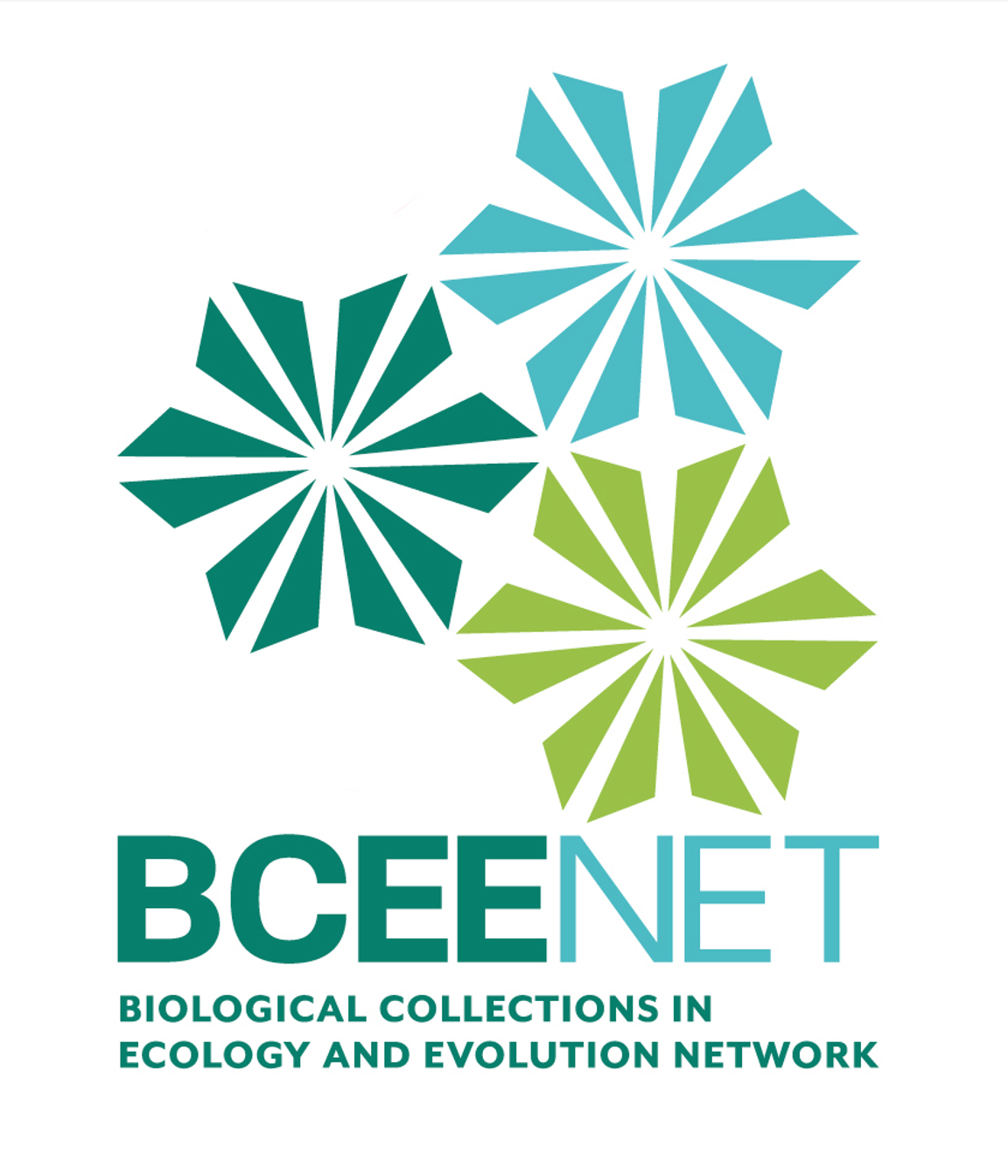An Introduction to Revealing Hidden Figures through Data Sleuthing
Author(s): Siobhan Leachman1, Adania Flemming2, Makenzie Mabry3, Molly Phillips4, Shawn Elizabeth Zeringue-Krosnick5, Jennifer Kovacs6, Olubunmi Aina7
1. Aotearoa New Zealand Wikimedia User Group 2. iDigBio, FLMNH 3. Florida Museum of Natural History, University of Florida 4. BioQUEST, BCEENET, and BLUE 5. Tennessee Tech University 6. Agnes Scott College 7. Allen University
894 total view(s), 290 download(s)
Description
While natural history collections (NHCs) contain information on taxonomy and when and where a specimen was collected, they also contain the names of the people who collected and/or identified specimens. However, we rarely get the opportunity to learn who these people are. Human names tend to be poor identifiers (as they are not unique or stable). Also, a single person may be credited with collecting and/or identifying a species even when several people assisted. This practice, as well as the lack of knowledge about the collectors, can lead to inequities in who is named and therefore who receives credit and acclaim for collecting and describing the natural world.
The term hidden figures originated in a 2016 book of the same title authored by Margot Lee Shetterly (Shetterly, 2016). The title of her book has a triple meaning: first, it refers to the hidden mathematical calculations crucial for manned space travel; second, it is a reference to the marginalized people that conducted this work without public awareness or acknowledgment; and lastly, it refers to the fact these women were physically hidden due to segregation on NASA’s campus. Since the popularization of Shetterly’s book and the subsequent movie released in 2016 (Melfi, 2016), the term hidden figures has been used to describe any individual, task, or contribution in science that is unrecognized, marginalized, and/or erased. In this introduction to hidden figures in NHCs, students will read an article that gives a unique historical perspective of museums and will then participate in a reflection (written and discussion-based) on hidden figures in NHCs.
Intended Audience: Undergraduate and Graduate courses. Suitable for in-person, hybrid, or online courses in biology and social sciences.
Learning Time: 50 minutes - 2 hours, depending on instructor choices
Classroom Management: This module includes a set of background readings and videos and corresponding discussion questions. One way to implement this module would be to assign the background reading and videos as pre-class work, use class time for students to complete discussion questions in small groups, and finish with an all class discussion. Alternatively, instructors could use the background information to prepare a short presentation that includes the videos, and then ask students to complete the reading activity, followed by a second class period for discussion.
Required Resources: Access to computers and internet.
Learning Objectives
This module is designed to introduce students and instructors to hidden figures in NHCs. Through readings, videos, and podcasts, this module will help instructors provide a space for students to reflect on whose stories are told and whose stories are left out. Then, together, open a space for discussion on this critical topic, including how we can do better moving forward.
After completing this module, students will be able to:
-
Recognize what natural history collections (NHCs) are, and what digitization means in relation to NHCs
-
Explain the concept and background of the term “Hidden Figures” and how that relates to NHCs
-
Reflect on whose stories are told and whose stories are left out in NHCs
This work is funded by the National Science Foundation under grant number 2120063. Any opinions, findings, and conclusions or recommendations expressed in this material are those of the authors and do not necessarily reflect the views of the National Science Foundation.
Cite this work
Researchers should cite this work as follows:
- Leachman, S., Flemming, A., Mabry, M., Phillips, M., Zeringue-Krosnick, S. E., Kovacs, J., Aina, O. (2023). An Introduction to Revealing Hidden Figures through Data Sleuthing. BCEENET- Biological Collections in Ecology & Evolution Network, QUBES Educational Resources. doi:10.25334/2JTC-C713
